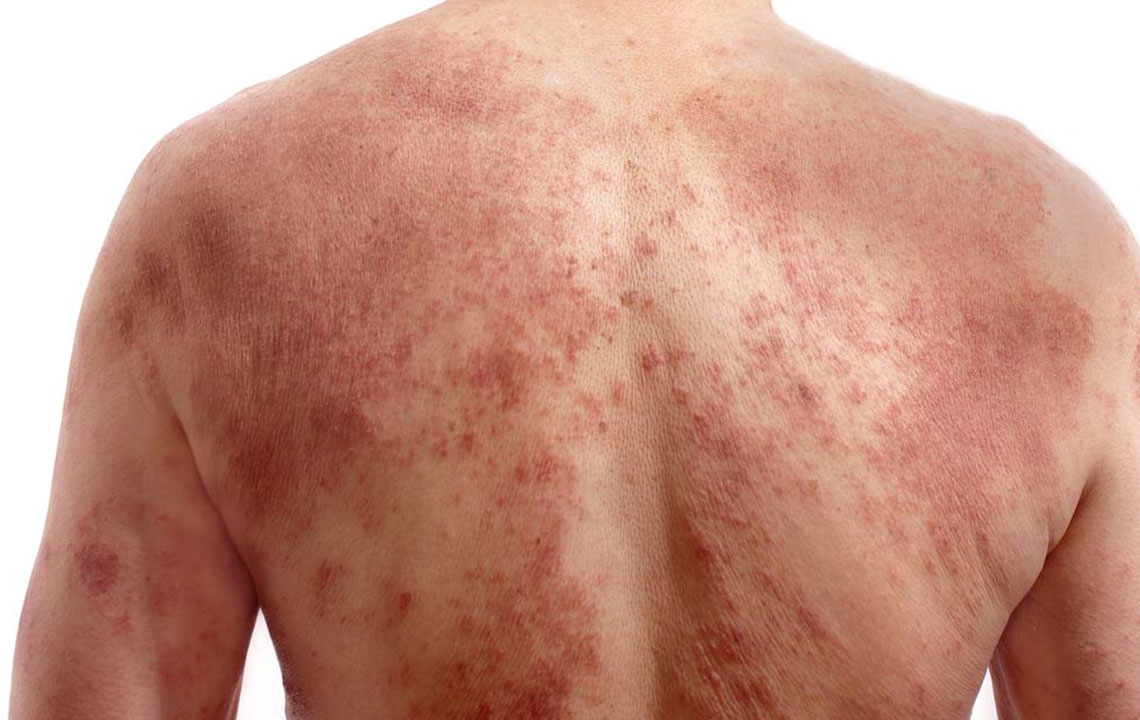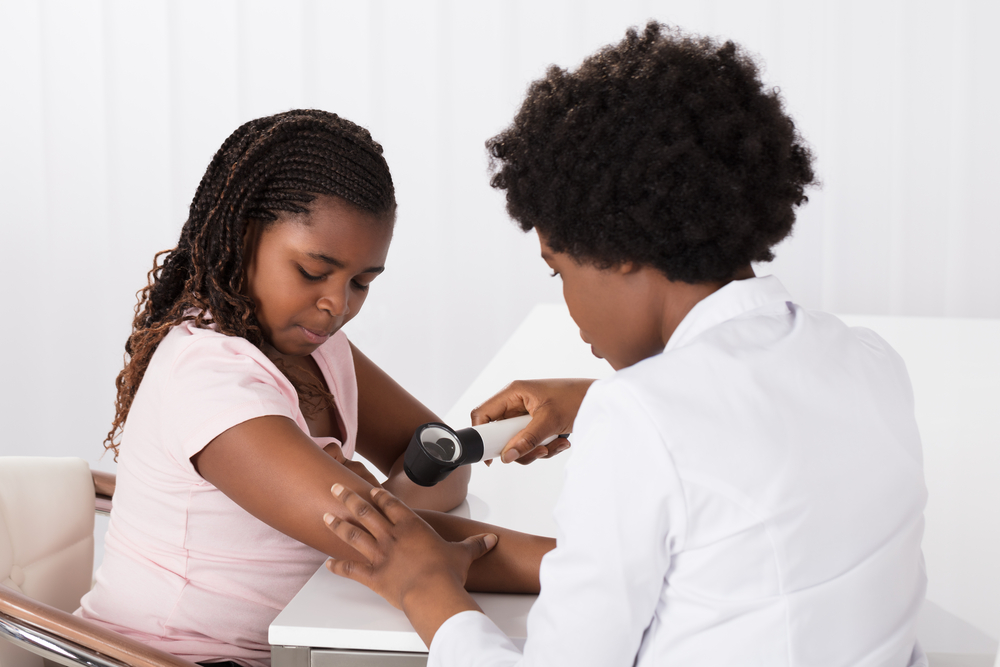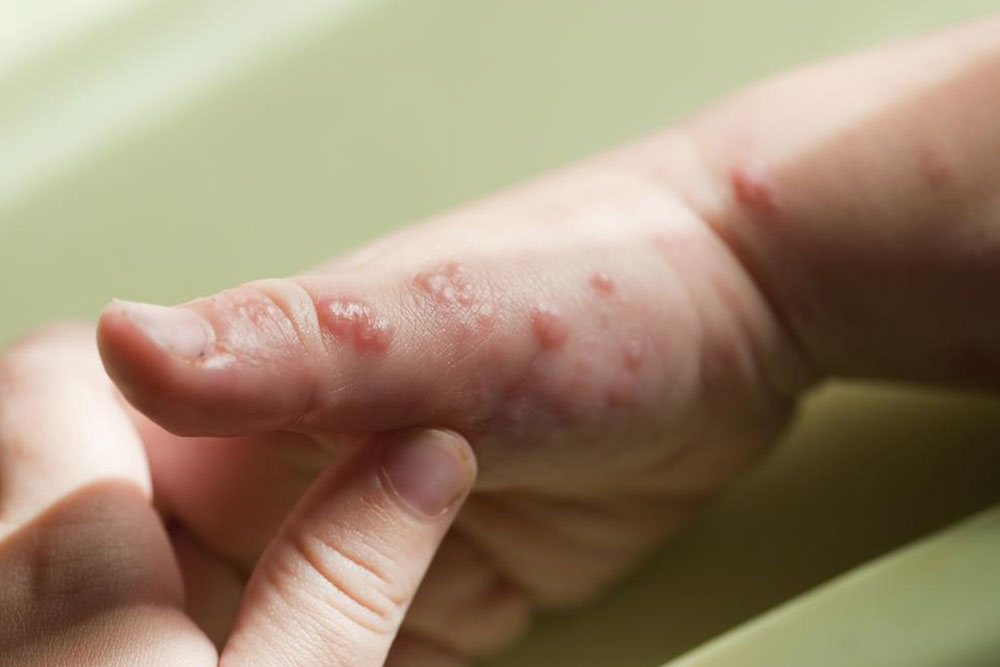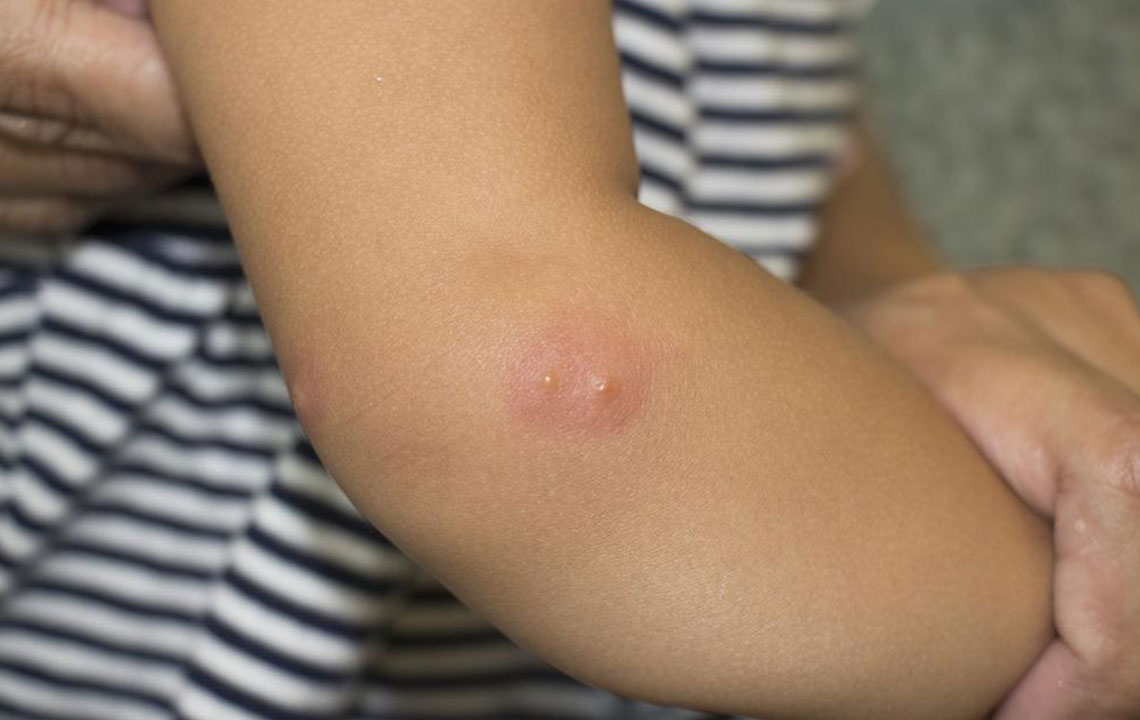Effective Home Strategies for Managing and Relieving Shingles Discomfort
Discover comprehensive home strategies to effectively manage and relieve shingles discomfort. From soothing baths to dietary tips, learn how natural remedies can complement medical treatment, alleviate pain, and promote healing. Proper management is crucial to prevent complications like postherpetic neuralgia. This detailed guide provides practical and proven home-based approaches to support your recovery process safely and effectively, ensuring you regain comfort and health swiftly after a shingles outbreak.
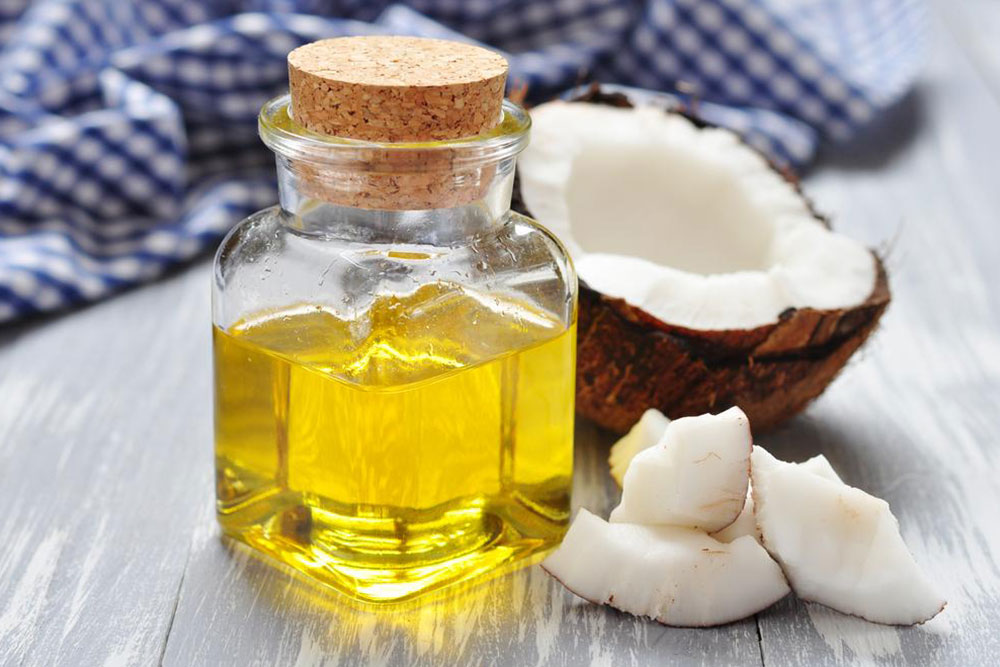
Effective Home Strategies for Managing and Relieving Shingles Discomfort
Herpes zoster, commonly known as shingles, is a viral infection that results from the reactivation of the varicella-zoster virus—the same virus responsible for chickenpox. After recovering from chickenpox in childhood, the virus doesn’t leave the body entirely; instead, it remains dormant in nerve tissue. Later in life, due to factors like a weakened immune system, stress, or aging, the virus can reactivate, causing shingles. This reactivation leads to painful skin rashes and blisters typically localized in specific areas of the body, often in a band-like pattern along nerve pathways.
Understanding the symptoms and effective management strategies is vital for those experiencing shingles. Early recognition and treatment can significantly reduce discomfort and prevent complications. While antiviral medications prescribed by healthcare professionals play a crucial role in managing symptoms, there are numerous proven home remedies that provide additional relief and support healing. Here, we explore various home-based strategies that are safe, practical, and effective in alleviating shingles discomfort.
Understanding Shingles and Its Symptoms
Shingles typically begins with a burning or stabbing sensation in the affected area. This initial phase often includes severe pain, tingling, or numbness. Subsequently, a rash emerges — usually in a localized region on one side of the body or face. The rash manifests as clusters of fluid-filled blisters that break open and crust over as they heal. Along with the skin changes, symptoms such as fever, fatigue, headache, and sensitivity to light can occur. The duration of shingles can vary, generally lasting between two to six weeks, depending on individual health factors and timely intervention.
While shingles isn’t typically life-threatening, its complications pose significant concerns. Postherpetic neuralgia, characterized by persistent nerve pain even after the rash heals, is one of the most common. This pain can be severe and debilitating, lasting for months or even years, drastically affecting one’s quality of life. In some cases, shingles can lead to other complications, such as vision loss if the affected nerves involve the eye, or bacterial skin infections resulting from scratching. Therefore, managing symptoms effectively and seeking prompt medical treatment is crucial.
Role of Medical Treatment
Antiviral medications like acyclovir, valacyclovir, and famciclovir are prescribed to reduce the severity and duration of shingles if taken early in the infection. These drugs help slow viral replication and lessen nerve damage. Pain management may include over-the-counter analgesics or prescribed medications for nerve-related pain. Despite pharmacological treatments, some discomfort often persists, prompting individuals to seek supportive home remedies for additional relief and comfort during their recovery.
Home-Based Remedies for Shingles Relief
While medical intervention remains critical, incorporating safe and natural remedies can make a significant difference in easing shingles symptoms. These approaches focus on soothing irritated skin, reducing itching, and alleviating pain. Below, we delve into effective home strategies proven to support the healing process.
1. Soothing Baths with Colloidal Oatmeal or Cornstarch
One of the most recommended ways to ease skin discomfort is through regular baths. Using lukewarm water with added colloidal oatmeal or cornstarch creates a soothing environment for inflamed skin. Colloidal oatmeal, in particular, has anti-inflammatory properties that calm irritated skin and relieve itchiness. Hot water should be avoided as it can increase blood flow to the area, intensifying blisters or discomfort. After soaking for 10 to 20 minutes, thoroughly dry the skin with a soft towel to prevent bacterial infections.
2. Applying Cool Compresses for Immediate Pain Relief
Applying cold, moist compresses directly to the blisters significantly reduces pain, inflammation, and itching. Prepare a clean cloth or towel, soak it in cool water, wring out excess moisture, and gently place it over the affected area. Doing this for 10-15 minutes can provide quick, temporary relief. This simple yet effective method cools the skin, numbs nerve endings slightly, and diminishes the urge to scratch, which can worsen the rash or cause infections.
3. Cornstarch or Baking Soda Paste for Itch Relief
Creating a paste with cornstarch or baking soda mixed with a small amount of water can soothe itchy skin. Apply the paste to rash areas and leave it on for 15-20 minutes before rinsing with cold water. This natural remedy helps absorb excess moisture, reduce irritation, and provide a calming sensation. Regular application can lessen the relentless itch, helping to prevent scratching and subsequent skin damage.
4. Use of Topical Lotions and Natural Creams
Calming lotions or creams containing ingredients like calamine, aloe vera, or chamomile can soothe irritated skin and reduce itching. Avoid those with synthetic fragrances or harsh chemicals, as they might irritate the blisters or delay healing. Gently applying these products can provide ongoing relief and support the skin’s recovery process.
5. Nutrition and Dietary Support to Boost Immunity
Proper nutrition plays a vital role in managing shingles by supporting the immune system. Incorporate foods rich in vitamins A, B-12, C, and E, and consume amino acids like lysine, which are believed to inhibit herpes virus replication. Fresh fruits, vegetables, lean proteins, and fortified grains boost immune response and facilitate faster healing. Staying well-hydrated also helps keep skin healthy and supports overall recovery.
Additional Tips for Managing Shingles
Maintaining good hygiene, avoiding scratching, and wearing loose, comfortable clothing reduce irritation and prevent secondary infections. Stress management techniques, such as meditation and deep breathing exercises, can bolster the immune system and possibly reduce the severity of episodes. Rest is essential for recovery, so ensuring adequate sleep cannot be overstated.
In conclusion, although shingles can be a painful condition, adopting a combination of medical treatment and effective home remedies can greatly improve comfort levels, speed healing, and reduce the risk of long-term complications. Always consult a healthcare professional to determine the best approach tailored to your specific condition and health status.
